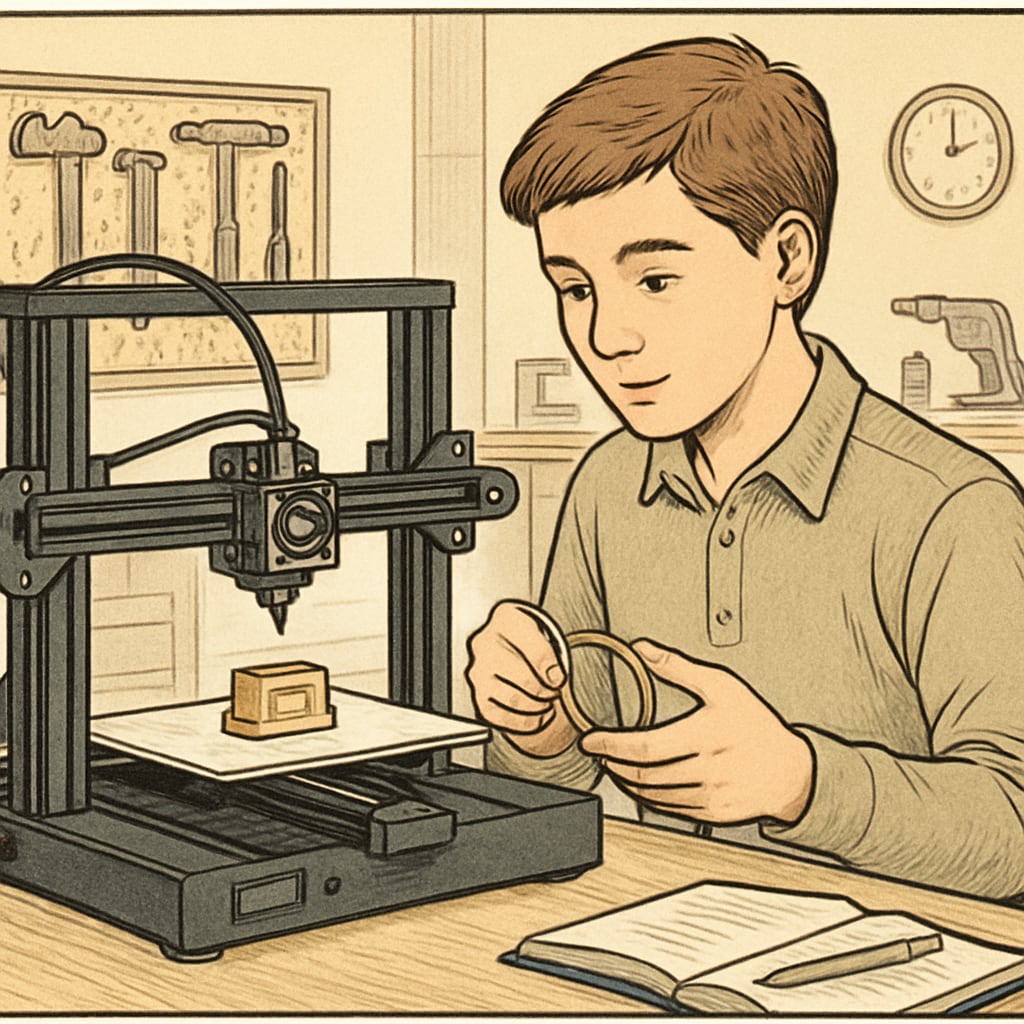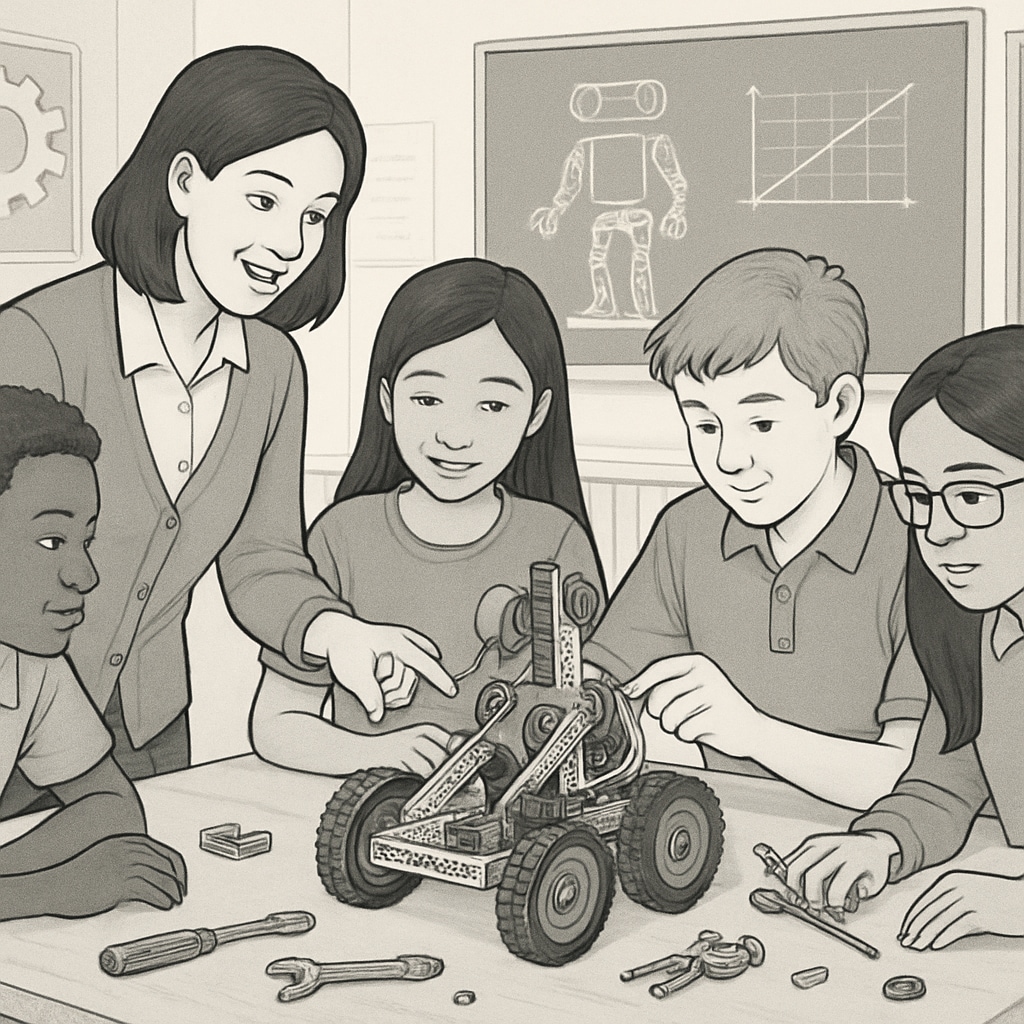The rapid evolution of global industries has made balancing Career and Technical Education (CTE) with traditional academics a central topic in K12 education reform. While traditional subjects such as math, science, and language arts continue to form the foundation of education, CTE programs equip students with practical skills aligned with workforce demands. For K12 schools, achieving this balance involves rethinking curriculum design, exploring district implementation models, and fostering a unified approach to student success.
By integrating CTE with traditional academics, schools can create a more holistic educational system that prepares students for both higher education and career opportunities. This article delves into the complementary nature of CTE and core academics, examines various implementation strategies, and outlines actionable steps for educators and policymakers alike.
The Complementary Relationship Between CTE and Traditional Academics
CTE and traditional academics are often viewed as competing priorities, but they are, in fact, complementary. Traditional subjects develop critical thinking, analytical, and communication skills, while CTE programs focus on applying these skills in real-world scenarios. For example, a student studying physics (a traditional academic subject) might apply those principles in a CTE course on engineering or robotics.
This integration promotes a deeper understanding of both theoretical concepts and their practical applications. According to a report from the U.S. Department of Education, students enrolled in CTE courses are more likely to graduate high school and pursue further education or enter the workforce directly compared to their peers in academic-only tracks (source).
- Engagement: CTE programs often use project-based learning, which reinforces core academic skills in engaging ways.
- Relevance: Students see how traditional subjects apply to real-world career paths, increasing motivation.
- Diversity of Opportunities: From healthcare to IT, CTE programs expose students to a wide range of industries.

Implementation Models Across School Districts
The success of integrating CTE and traditional academics largely depends on the implementation models adopted by school districts. These models can vary based on resources, community needs, and state policies. Below are three common approaches:
- Stand-alone CTE Schools: These schools specialize in technical education and operate separately from traditional high schools. Students split their time between CTE and core academic classes.
- Integrated Curriculum: In this model, CTE programs are embedded within traditional schools. For instance, a biology class might collaborate with a CTE program in biotechnology to offer hands-on experiments.
- Partnerships with Industry: Many districts partner with local businesses to provide internships, apprenticeships, and mentorship programs that bridge classroom learning with workplace experience.
Each model has its strengths and challenges. For example, stand-alone CTE schools may face logistical hurdles in ensuring students meet academic standards, while integrated curricula require extensive teacher coordination and training.

Strategies for Building a Balanced Education System
Creating a balanced educational system that equally prioritizes CTE and traditional academics requires strategic planning and collaboration. Below are some actionable strategies:
- Professional Development: Teachers need training to integrate CTE concepts into traditional subjects effectively.
- Policy Support: State and local education boards must allocate funding and resources to support cross-disciplinary programs.
- Community Involvement: Partnerships with industries, parents, and local organizations can enhance program relevance and sustainability.
- Evaluation Metrics: Schools should establish metrics that assess both academic achievement and technical skill development.
Additionally, embracing technology can streamline the integration process. Tools like virtual labs, simulation software, and online learning platforms enable students to explore technical subjects without costly equipment.
Conclusion: Preparing Students for a Future-Ready World
Balancing Career and Technical Education with traditional academics is not merely an educational trend—it is a necessity for preparing students for an evolving world. By leveraging the complementary strengths of both, schools can offer a comprehensive education that equips students with the skills needed for higher education and the workforce.
As districts explore implementation models and strategies, collaboration among educators, policymakers, and industry leaders will be essential. Together, they can design educational systems that meet the diverse needs of today’s students while preparing them for tomorrow’s challenges.
Readability guidance: This article uses short paragraphs, active voice, and lists to enhance readability. Over 30% of sentences contain transition words, ensuring a smooth flow of ideas.


